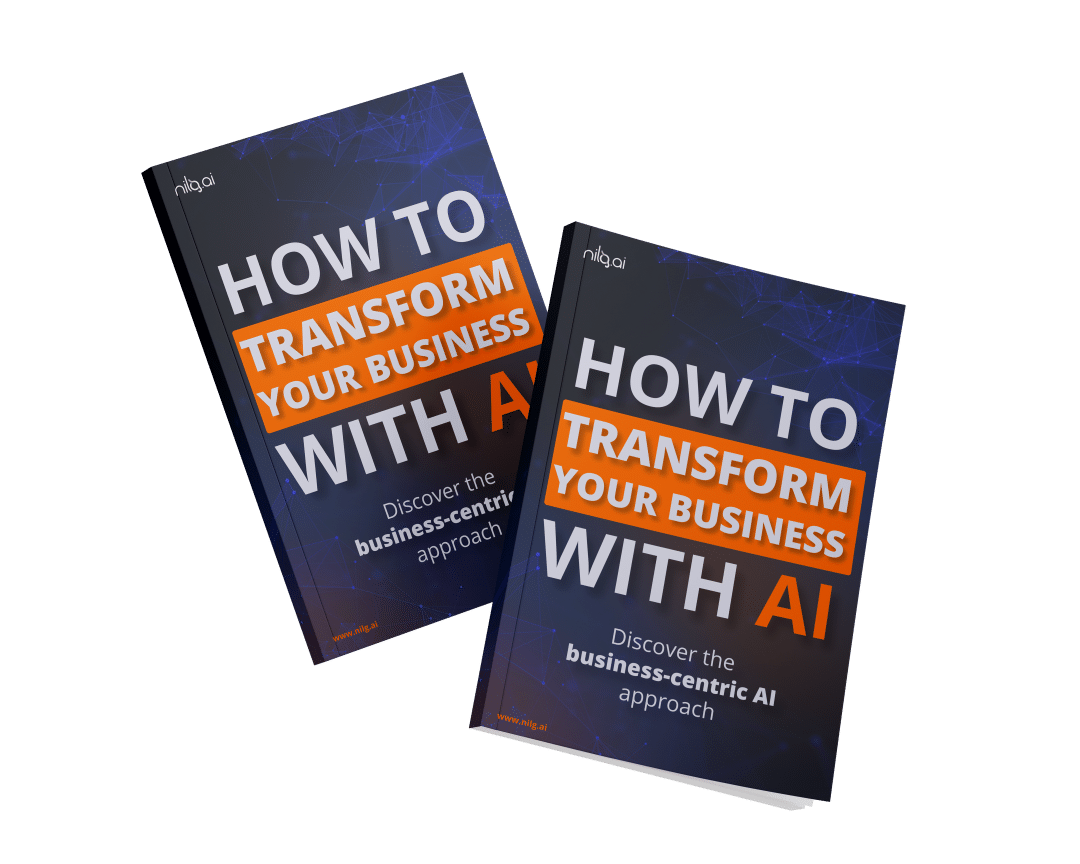Business Innovation Models: Drive Growth & Stay Competitive
Oct 7, 2025 in Guide: Explainer
Explore top business innovation models with real examples. Learn to select and apply frameworks that boost growth and keep you ahead.
Not a member? Sign up now
Which One Should You Choose?
Kelwin on Jan 27, 2024
When building a machine learning model, one of the most common questions is whether to opt for long-term or short-term predictions. In other words, should you build a model that forecasts an event tomorrow or a month from now?
Our article will demystify this critical decision-making process. We’ll walk you through a strategic approach that will simplify the challenge of selecting the ideal prediction timeframe, which is crucial in determining the forecast accuracy in ML models.
As we dive into machine learning model forecasting, the first question that arises is, “How far into the future should my forecasts be directed?” For instance, if you’re predicting demand for certain products, should you forecast demand for the next week, quarter, or year?
The answer is simple: We tend to be better at forecasting short-term events compared to forecasting events that happen too far away in the future. This is because as we stretch our prediction windows, we introduce more uncertainty and unknowns, which translate into a lower predictive quality.
When you’re deciding how far ahead to make predictions with your machine learning model, it’s important to consider the trade-off between actionability and accuracy.
Let’s break it down.
As the prediction window increases, the actionability of the model increases. For example, if you’re forecasting demand a year from now, and your production cycle takes a month, you can do a wide variety of things, from fixing prices with your suppliers to properly sizing your operational team.
But here’s the catch: this increase in actionability comes at the expense of predictive power, as we are generally bad at predicting long-term events. Plus, to make these long-term predictions, you would need a lot of data —for a year’s prediction, you would need data from at least the previous year.
If you believe your business has a less-than-perfect AI model in a business setting, consider reading this article on Making Money with Mediocre AI Models: A Guide for Business Stakeholders
The ideal prediction time frame is the one with the shortest prediction window where you still have high actionability.
Start by asking yourself: What’s the shortest period within which the predictions can still significantly impact your business decisions? For example, a month-long forecast is your ideal window if your production process takes a month. It gives you enough time to adjust based on the prediction, without venturing too far into the uncertain future.
This concept of long-term vs. short-term predictions is not exclusive to time but also applies to how direct or indirect the action you are predicting is. For instance, if you’re building a recommendation system in an e-commerce website, your predictions might include immediate actions like a user clicking a product or adding it to their cart.
In summary, the trade-off between actionability and predictive power is crucial when deciding between long-term and short-term predictions in machine learning predictions.
Our advice? Always choose the shortest prediction window that allows you to take meaningful action. This approach will help you make the most of your machine-learning model and contribute to informed decision-making and a positive business impact of ML forecasts.

Download our eBook and discover the most common pitfalls when implementing AI projects and how to prevent them.
Send me the eBookLike this story?
Special offers, latest news and quality content in your inbox.
Oct 7, 2025 in Guide: Explainer
Explore top business innovation models with real examples. Learn to select and apply frameworks that boost growth and keep you ahead.
Oct 6, 2025 in Listicle: Round-up
Discover 10 actionable digital transformation best practices. Learn how to drive growth with strategic insights for AI and data-focused businesses.
Oct 6, 2025 in Guide: How-to
Learn how to conduct SWOT analysis with this practical guide. Get actionable strategies, real-world examples, and proven tips for strategic business planning.
| Cookie | Duration | Description |
|---|---|---|
| cookielawinfo-checkbox-analytics | 11 months | This cookie is set by GDPR Cookie Consent plugin. The cookie is used to store the user consent for the cookies in the category "Analytics". |
| cookielawinfo-checkbox-functional | 11 months | The cookie is set by GDPR cookie consent to record the user consent for the cookies in the category "Functional". |
| cookielawinfo-checkbox-necessary | 11 months | This cookie is set by GDPR Cookie Consent plugin. The cookies is used to store the user consent for the cookies in the category "Necessary". |
| cookielawinfo-checkbox-others | 11 months | This cookie is set by GDPR Cookie Consent plugin. The cookie is used to store the user consent for the cookies in the category "Other. |
| cookielawinfo-checkbox-performance | 11 months | This cookie is set by GDPR Cookie Consent plugin. The cookie is used to store the user consent for the cookies in the category "Performance". |
| viewed_cookie_policy | 11 months | The cookie is set by the GDPR Cookie Consent plugin and is used to store whether or not user has consented to the use of cookies. It does not store any personal data. |